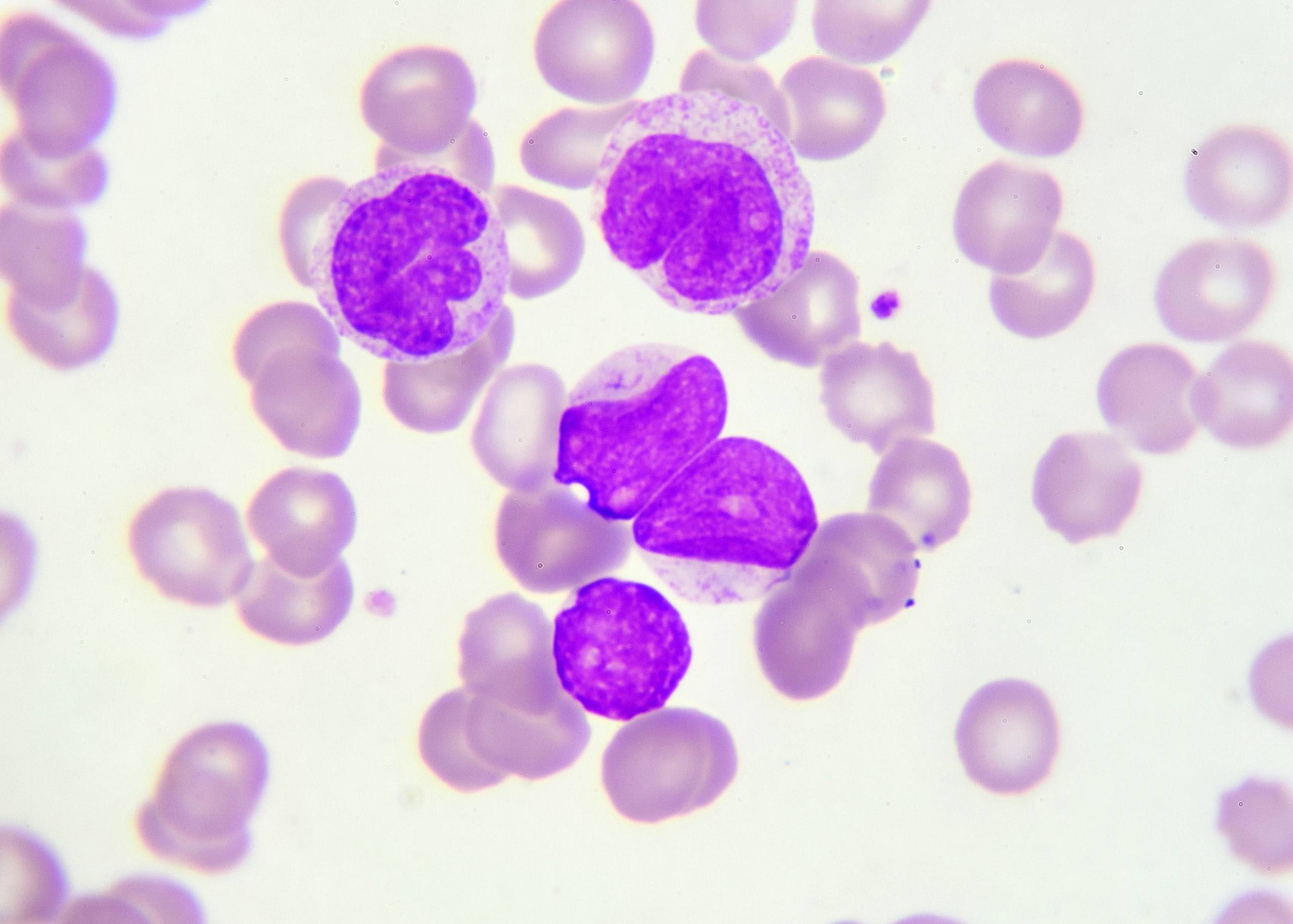Leukemia is a type of cancer that affects the blood. It can be either acute or chronic, and it starts when the bone marrow makes abnormal white blood cells. These abnormal cells crowd out normal blood cells, creating anemia, which causes tiredness and weakness.
What are the Symptoms of Leukemia?
The symptoms vary depending on the type. The most common symptoms are:
- Fatigue and weakness
- Bleeding or bruising easily
- Fever and night sweats
- Loss of appetite and weight loss
- Shortness of breath
- Recurring infections
What are the Causes of Leukemia?
The causes are not well understood, but it is thought that the disease develops when a person’s bone marrow produces abnormal white blood cells. The abnormal white blood cells grow in the spinal cord or central nervous system, causing symptoms such as headaches, seizures, and paralysis. In other cases, these cancers can cause no signs or symptoms until they spread throughout the body.
How is Leukemia Classified?
Leukemia is classified by the type of white blood cells that are affected. The most common types of leukemia are lymphoblastic leukemia and acute myeloid leukemia.
Lymphoblastic leukemia occurs when the body produces abnormal lymphocytes or white blood cells.
Acute myeloid leukemia occurs when a person’s bone marrow makes too many immature white blood cells.
How is Leukemia Classified?
According to the American Cancer Society, there are several different types of leukemia. They include:
- Acute lymphoblastic leukemia (ALL) is children’s most common type of leukemia. Cancer begins in your bone marrow, where blood cells are made.
- Acute myelogenous leukemia (AML)is fast-growing cancer that starts in your bone marrow and affects your white blood cells. It causes anemia, which is when you have too few red blood cells to carry enough oxygen throughout your body.
- Chronic lymphocytic leukemia (CLL) is slow-growing cancer that starts in your bone marrow and affects your white blood cells.
- Chronic myelogenous leukemia (CML) is slow-growing cancer that starts in your bone marrow and affects your white blood cells. It causes anemia, which is when you have too few red blood cells to carry enough oxygen throughout your body.
What are the Risk Factors?
Risk factors include:
- Being a male
- Having a family history of leukemia
- Being exposed to radiation or certain chemicals
- Having been diagnosed with another type of cancer or an infection that affected your immune system
How is Leukemia Diagnosed?
It is a cancer of the blood or bone marrow. It can affect all age groups and races but most commonly affects children, adolescents, and young adults.
A diagnosis begins with a physical examination and medical history by a hematologist or blood cancer specialist. The doctor may order other tests to rule out other conditions that may cause symptoms similar to those of leukemia. These tests may include blood tests, imaging tests (such as X-rays or CT scans), or tissue biopsies.
The hematologist will examine your skin, nails, and eyes by looking for any signs of unusual coloration or growths. Your lymph nodes will also be checked for swelling or tenderness. Your bodily fluids may be tested for increased white blood cells, which are an indication of infection; decreased red blood cells, which indicate anemia; or decreased platelets, which indicate bleeding problems.
A bone marrow biopsy may be performed to determine if there are abnormal cells present in the bone marrow, which is another way to diagnose the condition. Suppose your doctor suspects that you have it based on your symptoms and initial test results. In that case, he or she will likely order additional tests to confirm the diagnosis and determine how far the disease has progressed in your body.
What Does the Treatment Involve?
Leukemia is treated in a number of ways. There are three main types of treatments: chemotherapy, radiation therapy, and bone marrow transplantation.
Chemotherapy: Chemotherapy is the use of a drug to treat cancer by killing cancer cells. It does this by attacking the rapidly dividing cells that makeup tumors. Because healthy cells also divide quickly, chemotherapy can also kill some healthy, normal cells in your body. Chemotherapy can be given through an IV (intravenously), or it can be taken by mouth.
Radiation Therapy: Radiation therapy uses high-energy rays to kill cancer cells and shrink tumors. Radiation may be given as one large dose or several small doses over time.
Targeted Therapy: Targeted therapies help stop cancer cells from growing or spreading by blocking them from receiving signals to grow and divide. Targeted therapies are often used after chemotherapy has been ineffective at controlling your symptoms.
Bone Marrow Transplantation: Bone marrow transplants are used most often when there is no chance that your leukemia will go into remission without one. A person with leukemia who receives a transplanted bone marrow stem cell has a better chance of remission than someone who doesn’t receive the transplant.
Hematologists and Bone Marrow Transplantation experts at Burjeel Medical City, Abu Dhabi, treat leukemia and other blood disorders in both adults and children. The Hematology department of Burjeel Medical City provides advanced care for patients with blood diseases. The department offers a wide range of services, including hematology, oncology, and bone marrow transplantation.






